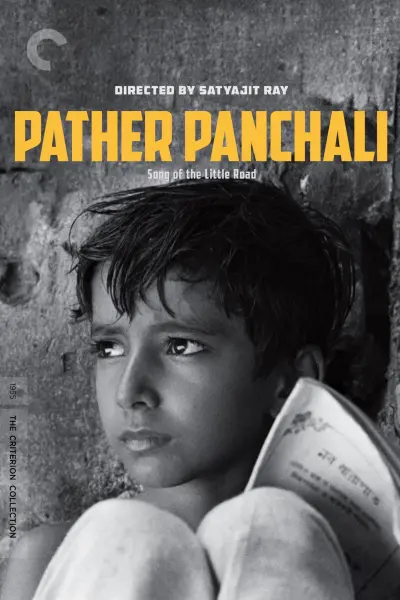
"Pather Panchali," or "Song of the Little Road," is a cinematic tour de force directed by Satyajit Ray. Premiering in 1955, it was Ray's directorial debut and has since been heralded as a pivotal work in Indian cinema. This film, adapted from Bibhutibhushan Bandyopadhyay's 1929 Bengali novel, was produced under the auspices of the Government of West Bengal. Its contribution to the cinematic arts extends beyond regional borders, firmly establishing itself as a significant cultural milestone.
The narrative unfolds in a rural Bengali village, intimately portraying the life of a young boy named Apu and his family's everyday struggles. The story poignantly illustrates Apu's transition into adulthood, set against a backdrop of ongoing efforts to secure basic sustenance. Harihar Roy, Apu's father, is a character of deep complexity, torn between his ambitions of becoming a respected writer and the grim reality of his modest income as a part-time priest. This tension between aspiration and reality is a recurring motif, deftly explored throughout the film.
Poverty is a central, pervasive theme in "Pather Panchali." The film meticulously documents the family's battle against the constraints of their financial situation and their ongoing struggle to escape the burdens of debt. Sarbajaya, Apu's mother, embodies the essence of resilience and determination. Her efforts to keep her children nourished and well-disciplined in the absence of her husband, who is often away seeking work, paints a vivid and realistic portrait of the challenges faced by many families in rural India.
However, "Pather Panchali" is more than a narrative of hardship; it is also a celebration of the simple, often overlooked joys of life. Despite the overbearing clouds of adversity that loom over the family, the film masterfully highlights the beauty and resilience of the human spirit. This juxtaposition of life's harshness with its inherent beauty creates a powerful, life-affirming message, a testament to the indomitable nature of its characters.
Ray's storytelling in "Pather Panchali" is significantly influenced by Italian neorealism, a cinematic style characterized by its naturalistic yet poetic approach. This influence is palpable in his portrayal of the characters and their environment. The audience is introduced not only to Apu but also to the influential women in his life, who add remarkable depth to the narrative. These characters serve as a mirror to the gender dynamics and societal roles prevalent in rural Indian communities of the time.
In conclusion, "Pather Panchali" is a profound narrative of human endurance and optimism. It captures the very essence of life in early 20th century rural India, providing a window into the lives of those struggling with poverty, yet still finding moments of joy and beauty. The film's universal themes of struggle, family resilience, and the enduring human spirit have ensured its place as a timeless classic in the annals of world cinema.

